
Senior physics writer Emily Conover joined Science News in 2016. She has a Ph.D. in physics from the University of Chicago, where she studied the weird ways of neutrinos, tiny elementary particles that can zip straight through the Earth. She got her first taste of science writing as a AAAS Mass Media Fellow for the Milwaukee Journal Sentinel. She has previously written for Science Magazine and the American Physical Society. She is a two-time winner of the D.C. Science Writers’ Association Newsbrief award, and a winner of the Acoustical Society of America’s Science Communication Award.

Trustworthy journalism comes at a price.
Scientists and journalists share a core belief in questioning, observing and verifying to reach the truth. Science News reports on crucial research and discovery across science disciplines. We need your financial support to make it happen – every contribution makes a difference.
All Stories by Emily Conover
-
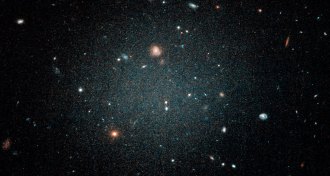 Astronomy
AstronomyDark matter is MIA in this strange galaxy
A galaxy without dark matter bolsters the case that the invisible substance really exists.
-
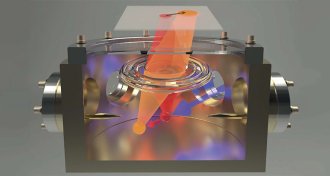 Physics
PhysicsA single atom can gauge teensy electromagnetic forces
The force of scattering particles of light was measured in zeptonewtons, a billionth of a trillionth of a newton.
-
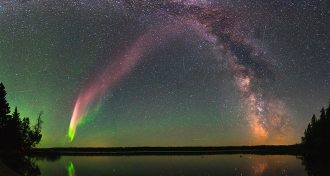 Physics
PhysicsSTEVE the aurora makes its debut in mauve
A newly discovered type of aurora is a visible version of usually invisible charged particles drifting in the upper atmosphere.
-
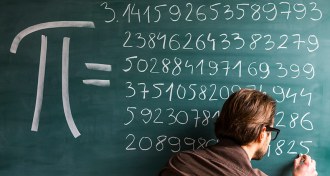 Math
MathForget Pi Day. We should be celebrating Tau Day
Pi Day may be fun, but it’s based on a flawed mathematical constant.
-
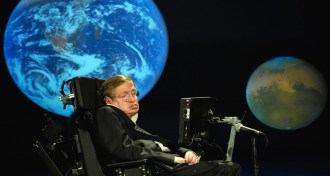 Cosmology
CosmologyRenowned physicist Stephen Hawking dies at 76
Beyond his research contributions, Stephen Hawking popularized black holes and the deep questions of the cosmos.
-
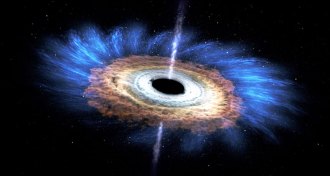 Quantum Physics
Quantum PhysicsSuperconductors may shed light on the black hole information paradox
Materials that conduct electricity without resistance might mimic black hole physics.
-
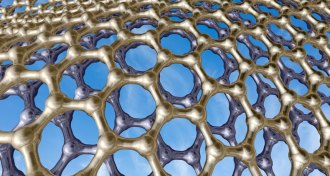 Physics
PhysicsGive double-layer graphene a twist and it superconducts
When graphene layers are twisted to a “magic angle,” the material superconducts.
-
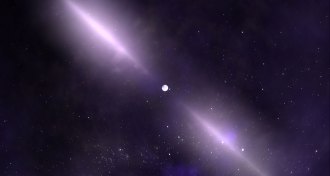 Astronomy
Astronomy50 years ago, pulsars burst onto the scene
Thousands of pulsars have been discovered since the announcement of their detection 50 years ago.
-
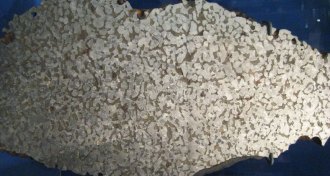 Physics
PhysicsSome meteorites contain superconducting bits
Scientists find materials that conduct electricity without resistance in two meteorites.
-
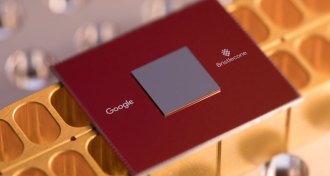 Quantum Physics
Quantum PhysicsGoogle moves toward quantum supremacy with 72-qubit computer
Google’s 72-qubit quantum chip may eventually perform a task beyond the ability of traditional computers.
-
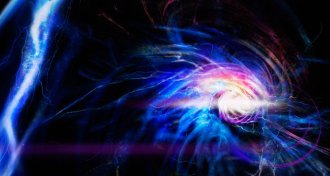 Physics
PhysicsKnotted structures called skyrmions seem to mimic ball lightning
Skyrmions in a quantum state of matter have something surprising in common with ball lightning — linked magnetic fields.
-
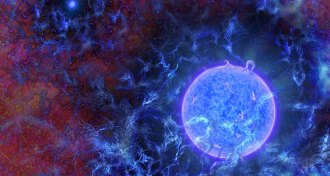 Cosmology
CosmologyHere’s when the universe’s first stars may have been born
The first stars lit the cosmos by 180 million years after the Big Bang, radio observations suggest.